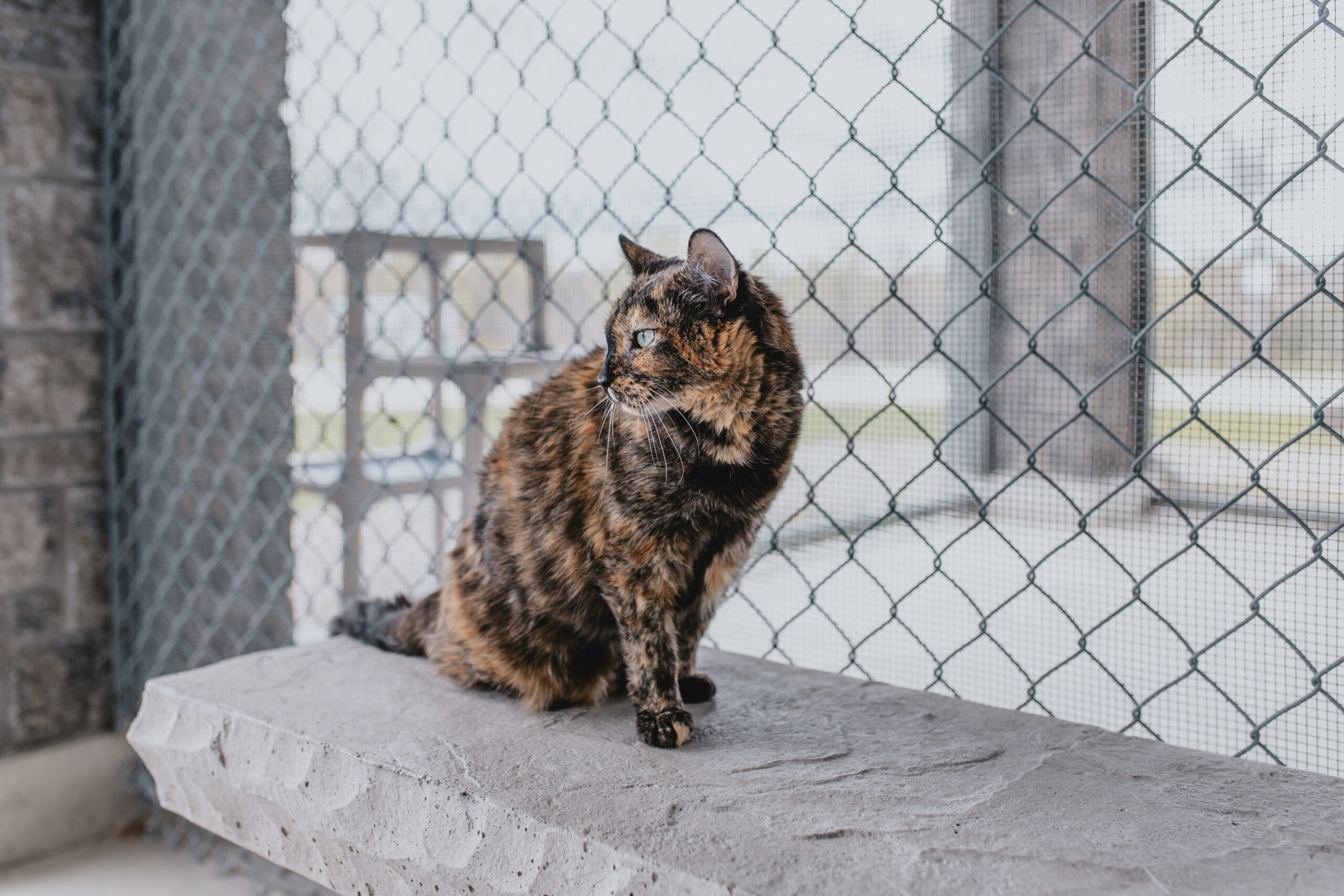Learn how to build a feral cat shelter
by Ontario SPCA and Humane Society | Interesting | February 3, 2025

Cat overpopulation is an issue across Ontario that has resulted in a staggering number of community cats. During the freezing winter months, these cats can be left vulnerable and susceptible to frostbite. While these cats are typically adept at surviving outdoors, the harsh winter months can make it very difficult for them to find food, water and shelter.
To support our furry community friends, the Ontario SPCA and Humane Society has feral cat support programs to assist feral cat caretakers in managing their colonies. One of the crucial ways we do this is by making cat shelters available each winter.
Keep reading to learn more about our community cat services, and tips for building a cat shelter.
To assist feral cat caretakers in managing feral cat colonies, the Ontario SPCA has developed three innovative programs:
- Feral Cat Trap Depot Program where the Society loans cat traps to feral cat caretakers at no charge, in an effort to trap, neuter, vaccinate and return feral cats to their managed colony and stabilize their population.
- Free Feral Food Bank providing significant support of food to colony caretakers. Without the participation of the Ontario SPCA, the dedicated feral cat colony caretakers use their own personal funds to provide food for these cats that have been abandoned by society.
- Feral Cat Shelters – a limited quantity are made each fall by volunteers (or can be affordably made by anyone following the instructions below) for caretakers to provide a safe, warm place for their colonies during our cold, harsh winters.
Shelters are used to give feral cats a safe, warm place during the winter. If you have feral cats in your community, you may want to consider making them a shelter.
Supplies:
- Plastic tote (68L)
- ¾ inch Durofoam sheet (4ft x 8ft)
- Duct tape
- Gorilla tape
- Measuring tape
- Exacto knife
- Sharpie pen
- Jigsaw/circular saw
- 6” diameter black tubing
For detailed written instructions on building your own feral cat shelter see our DIY – Step by Step: How to Build a Feral Cat Shelter or watch the video below!
Pick up a shelter today
Some Ontario SPCA animal centre locations are selling feral cat shelters this year for $20 each. Limited quantities are available. Call your local animal centre to check availability.
As a registered charity that does not receive annual government funding, the Ontario SPCA depends on the generosity of donors to change the lives of animals in need. Please consider donating today.
Categories
Testimonial
Dogs only ask for your love and attention
Dogs only ask for your love and attention, nothing else. Thank you for everything you do!
